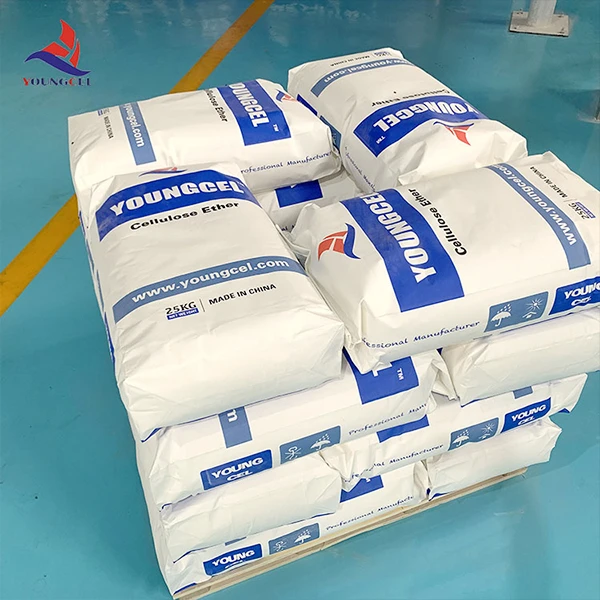Exploring the Versatility of Cellulose Material
Cellulose, the most abundant organic polymer on Earth, is a vital component of the cell walls in plants. Composed of long chains of glucose molecules, this biopolymer has garnered significant attention for its versatility and ecological benefits. In recent years, there has been growing interest in cellulose material, particularly its applications in various industries including textiles, packaging, automotive, and even biomedicine.
Natural Source and Sustainability
Cellulose is derived from natural sources such as wood, cotton, and other plant fibers, making it a renewable resource. The sustainable nature of cellulose material presents an environmentally friendly alternative to synthetic materials. With increasing concerns over plastic waste and non-biodegradable materials, cellulose serves as a promising substitute that can decompose naturally without harming the environment.
One of the key advantages of cellulose is its renewability. Unlike fossil fuels, cellulose can be replenished through sustainable forestry practices and agricultural cycles. This aspect not only contributes to reducing carbon footprints but also supports a circular economy where materials can be reused and recycled efficiently.
Applications in Textiles
In the textile industry, cellulose material plays a significant role. Fibers like cotton, linen, and viscose are made from cellulose and are extensively used in clothing and home textiles. The comfort, breathability, and moisture-wicking properties of cellulose-based fabrics make them popular among consumers. Additionally, innovations have led to the development of regenerated cellulose fibers, such as Lyocell and modal, which are produced using eco-friendly processes that minimize environmental impact.
These advancements have not only improved the sustainability of the textile industry but also catered to the growing demand for ethical fashion. More brands are now focusing on sustainable sourcing and production processes that highlight the benefits of cellulose, thus providing consumers with choices that align with environmental consciousness.
cellulose material

Packaging Solutions
The packaging industry is also experiencing a shift towards cellulose-based materials. With the surge in e-commerce and the demand for sustainable packaging solutions, cellulose derivatives such as cellophane and paperboard are becoming increasingly popular. These materials are biodegradable, compostable, and often recyclable, allowing businesses to minimize waste while meeting consumer demand for environmentally friendly options.
Companies are actively exploring cellulose nanomaterials, which are derived from breaking down cellulose fibers into nanometer-sized particles. These have unique properties that enhance the strength and barrier characteristics of packaging materials, making them suitable for food preservation and reducing reliance on plastic.
Innovations in Biomedicine
Cellulose's unique properties extend into the field of biomedicine as well. Its biocompatibility and biodegradability make it an ideal candidate for various medical applications. For instance, cellulose-based hydrogels are being used for wound dressings due to their ability to maintain moisture and facilitate healing. Additionally, cellulose can serve as a scaffold in tissue engineering, supporting cell growth and contributing to regenerative medicine.
Researchers are also investigating the potential of cellulose for drug delivery systems, where cellulose micro and nanofibers can encapsulate medications and release them in a controlled manner. This advancement could revolutionize how medications are administered, improving their effectiveness while reducing side effects.
Conclusion
As technology continues to advance, the applications of cellulose material are expanding, highlighting its versatility and sustainability. From textiles to packaging and biomedicine, cellulose represents a significant opportunity to shift towards more eco-friendly practices across various sectors. In a world increasingly focused on environmental impact and sustainability, cellulose stands out as a beacon of innovation, reminding us that nature can provide answers to some of our most pressing challenges. The future of cellulose material looks promising as industries seek to integrate sustainability with functionality, making it a key player in the transition towards a more sustainable and responsible economy.
-
Rdp Powder: Key Considerations for Wholesalers in the Building Materials IndustryNewsJul.08,2025
-
Key Considerations for Wholesalers: Navigating the World of Hpmc - Based ProductsNewsJul.08,2025
-
Hpmc Detergent: Key Considerations for WholesalersNewsJul.08,2025
-
Key Considerations for Wholesalers: China Hpmc For Tile Adhesive, Coating Additives, Concrete Additives, and MoreNewsJul.08,2025
-
Crucial Considerations for Wholesalers: Navigating the World of Construction MaterialsNewsJul.08,2025
-
Key Considerations for Wholesalers Sourcing Additive For Cement, Additive For Concrete, Additive For Putty from Additive Manufacturer Shijiazhuang Gaocheng District Yongfeng Cellulose Co., Ltd.NewsJul.08,2025




